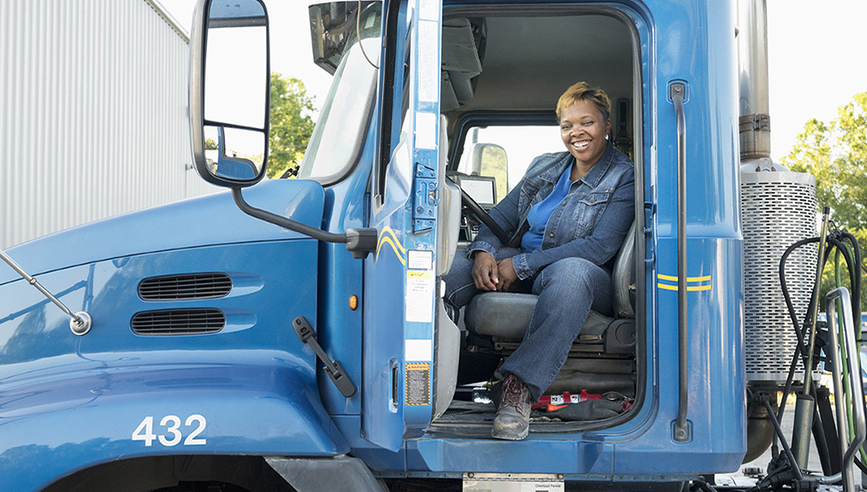9 Keys to Choosing Safe Drivers for Your Fleet


Before you hire your next new driver, make sure you do your research first. Selecting a driver can have major consequences for your business. Screening potential drivers can help ensure you choose safer drivers who will also provide quality customer service.
"The driver screening and selection process is no place to cut corners when the decision can have such a significant impact on the company," said Nicole Lawrence, Northland Insurance Regional Vice President. "Establishing a hiring process with formal criteria can help you attract and select safer drivers."
Here are nine ways to make the hiring process more effective:
- Keep your standards high. Qualified candidates should meet all of your standards, plus Department of Transportation requirements. A best practice is to require at least two years of prior experience and a driving record with no serious moving violations or preventable accidents, and no more than three minor moving violations within the past three years.
- Require employment applications. Verify that an applicant meets your hiring standards. A completed employment application should include detailed information about past employers and driving history. Look for employment gaps and any accidents or moving violations disclosed on the application.
- Review motor vehicle records (MVRs). Reviewing a five-year history of a driver's motor vehicle record can help determine whether a candidate has a record of moving violations or accidents. Multiple moving violations, serious preventable accidents or serious moving violations during the past three years may mean that an applicant would not be a good candidate for a driving position. Compare this information to the employment application and investigate any discrepancies.
- Contact previous employers. The DOT requires carriers to contact previous employers about an applicant’s safety record and drug and alcohol testing history. If previous employers are reluctant to respond, even basic information, such as dates of employment, type of work performed and eligibility for re-employment can be helpful.
- Review DOT safety performance. Investigate the DOT safety performance of commercial truck and bus drivers through the Federal Motor Carrier Safety Administration's Pre-Employment Screening Program (PSP). You can obtain a three-year history of an applicant’s DOT inspection and violation history and a five-year history of any DOT recordable crashes for a nominal fee. These records also include carriers that employed the driver.
- Conduct an interview. Get to know the applicant and learn about his or her past driving experiences and safety record. Ask open-ended questions to encourage applicants to talk freely. Involving several people in your company in the interview process can help get a balanced assessment.
- Complete pre-employment drug testing. DOT pre-employment testing is required for drivers who operate vehicles that require a commercial driver's license (CDL). Before the driver can drive, a confirmed negative test result is required.
- Conduct a road test. A road test can help provide insight into an applicant's temperament and safety awareness behind the wheel. The road test route should test how the applicant handles a variety of situations.
- Document the hiring and screening process. Keep the records relating to your driver screening and selection process. They can be used to create a complete picture of an applicant’s qualifications and can also compare applicants more effectively. The records can help demonstrate that you have exercised care in screening and selecting qualified, safe drivers. Many of these records must also be retained in the driver's DOT qualification or safety performance history files.
Remember that anyone who drives a vehicle for your company, whether it is owned by the company, rented, or is a personal vehicle, should be considered a driver. Choosing the right employees to drive for your company is the most basic element in your company's fleet safety program. Your business depends on the decisions they make on the road every day.




